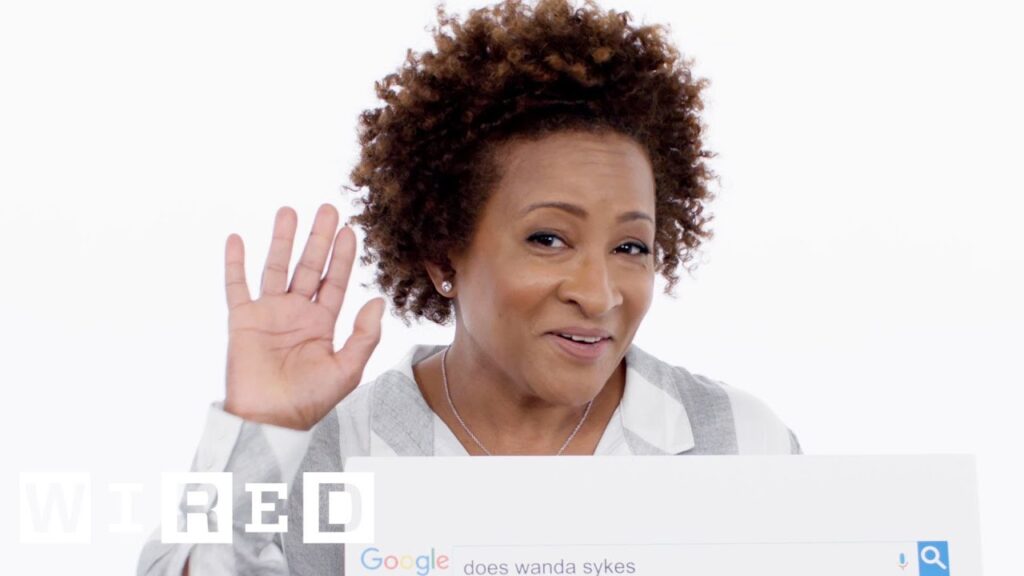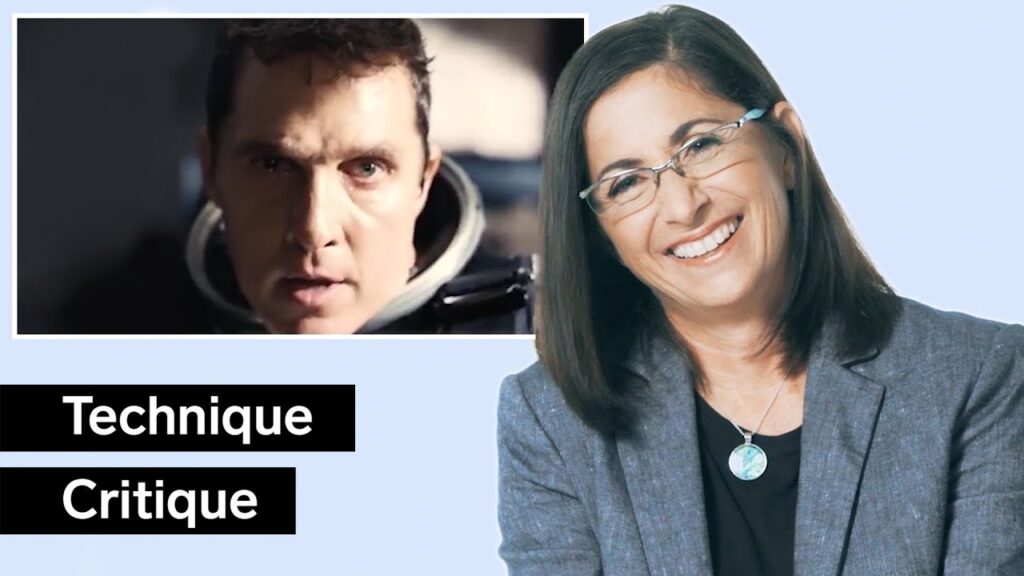The Art of Pumpkin Carving: Tips and Techniques from a Professional Carver
Summary
In this article, we will explore the art of pumpkin carving with James Hal, a two-time winner of Halloween Wars and an online pumpkin carving contest. James will take us through 13 levels of increasing complexity, from basic jack-o’-lanterns to intricate designs. We will learn about the tools and techniques needed to create impressive pumpkin carvings that will amaze your friends and family.
Table of Contents
- Level 1: Basic Jack-o’-Lantern
- Level 2: Embellished Jack-o’-Lantern
- Level 3: Classic European Dragon
- Level 4: Adding a Background
- Level 5: Carving Straight Lines
- Level 6: Using a Cav, Hallwa, or Roo
- Level 7: Taking Advantage of Pumpkin’s Organic Shape
- Level 8: Adding Layers to Your Carving
- Level 9: Using More Than Black and White
- Level 10: Taking Advantage of Translucency
- Level 11: Using Unconventional Tools
- Level 12: Sharpening Your Tools
- Level 13: Creating Your Own Design
Level 1: Basic Jack-o’-Lantern
James starts with the basic level of carving a jack-o’-lantern with two triangle eyes, a simple mouth, and maybe a nose. He advises cutting the top of the pumpkin at an angle to prevent the lid from falling inside. James used a fillet knife to cut the facial details and warned against using a knife that is too hefty. He emphasized the importance of paying attention to the placement of facial features.
Level 2: Embellished Jack-o’-Lantern
In level two, James explained how to embellish a jack-o’-lantern by adding creases and varying the size of the facial features to show expression. He demonstrated how to raise the corner of the mouth and add more teeth for a unique design. James recommended carving shapes that represent the light bouncing off an object to create a realistic pumpkin.
Level 3: Classic European Dragon
For level three, James suggests drawing an image on the pumpkin and carving out the highlights to create a classic European dragon. He also emphasizes the importance of creating support systems to prevent the pumpkin from breaking.
Level 4: Adding a Background
Level four involves adding a background to tell a story, but James cautions that it requires more thought and possibly the use of perspective. He advises taking one’s time and using a fine saw for detailed cuts, as removing too much pumpkin can make it flimsy. Organic shapes display more easily on the round pumpkin.
Level 5: Carving Straight Lines
Level five focuses on carving straight lines. James suggests using a cav, hallwa, or roo to carve straight lines, but notes that due to the organic background of a pumpkin, it can be viewed from different angles and still look essentially the same.
Level 6: Using a Cav, Hallwa, or Roo
James explains the different tools used for carving pumpkins, including a cav, hallwa, or roo. These tools are used to create straight lines and clean cuts.
Level 7: Taking Advantage of Pumpkin’s Organic Shape
James emphasizes the importance of taking advantage of the organic shape of a pumpkin when carving. He suggests using the natural curves and bumps of the pumpkin to create unique designs.
Level 8: Adding Layers to Your Carving
Level eight involves adding layers to your carving. James recommends using layered carving to get the most out of the image, by working with more than just black and white and taking advantage of the translucency of the pumpkin meat.
Level 9: Using More Than Black and White
James suggests using more than just black and white when carving pumpkins. He recommends using different colors to add depth and dimension to your carving.
Level 10: Taking Advantage of Translucency
Level ten focuses on taking advantage of the translucency of the pumpkin meat. James advises using the thickness of the pumpkin to create different shades of light and dark.
Level 11: Using Unconventional Tools
James shows how to use unconventional tools, such as a bristle from a street sweeper and a stick, to carve the pumpkin. He notes the importance of sharpening the tools to get the best results.
Level 12: Sharpening Your Tools
James emphasizes the importance of sharpening your tools before carving. He recommends using a sharpening stone or sandpaper to sharpen your tools.
Level 13: Creating Your Own Design
The final level involves creating your own design. James encourages everyone to experiment and find their own style when carving pumpkins.
Conclusion
In this article, we learned about the art of pumpkin carving with James Hal. From basic jack-o’-lanterns to intricate designs, James took us through 13 levels of increasing complexity, showing us the tools and techniques needed to create impressive pumpkin carvings. With these tips and techniques, you can create your own unique pumpkin designs that will amaze everyone. Happy carving!







